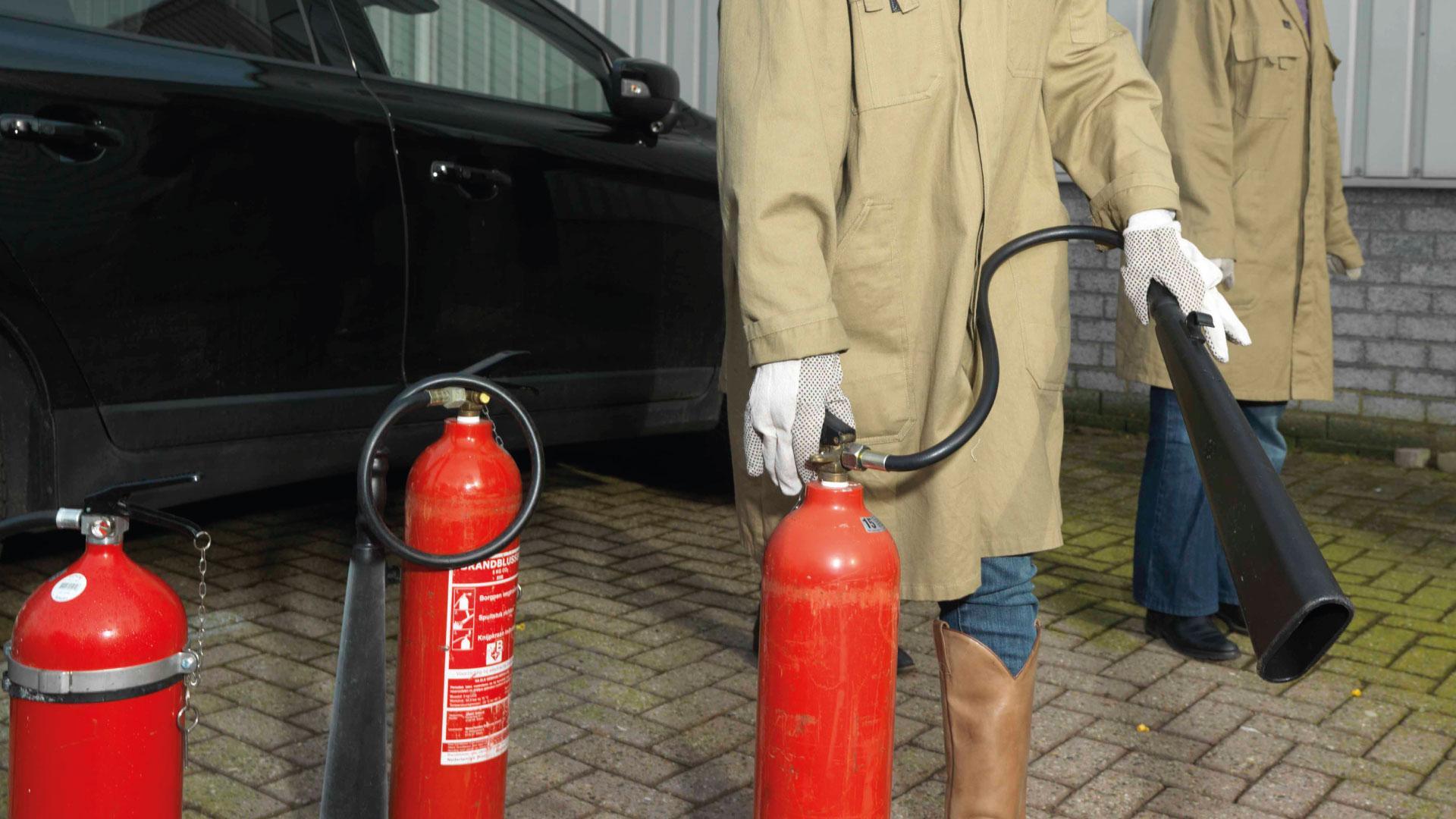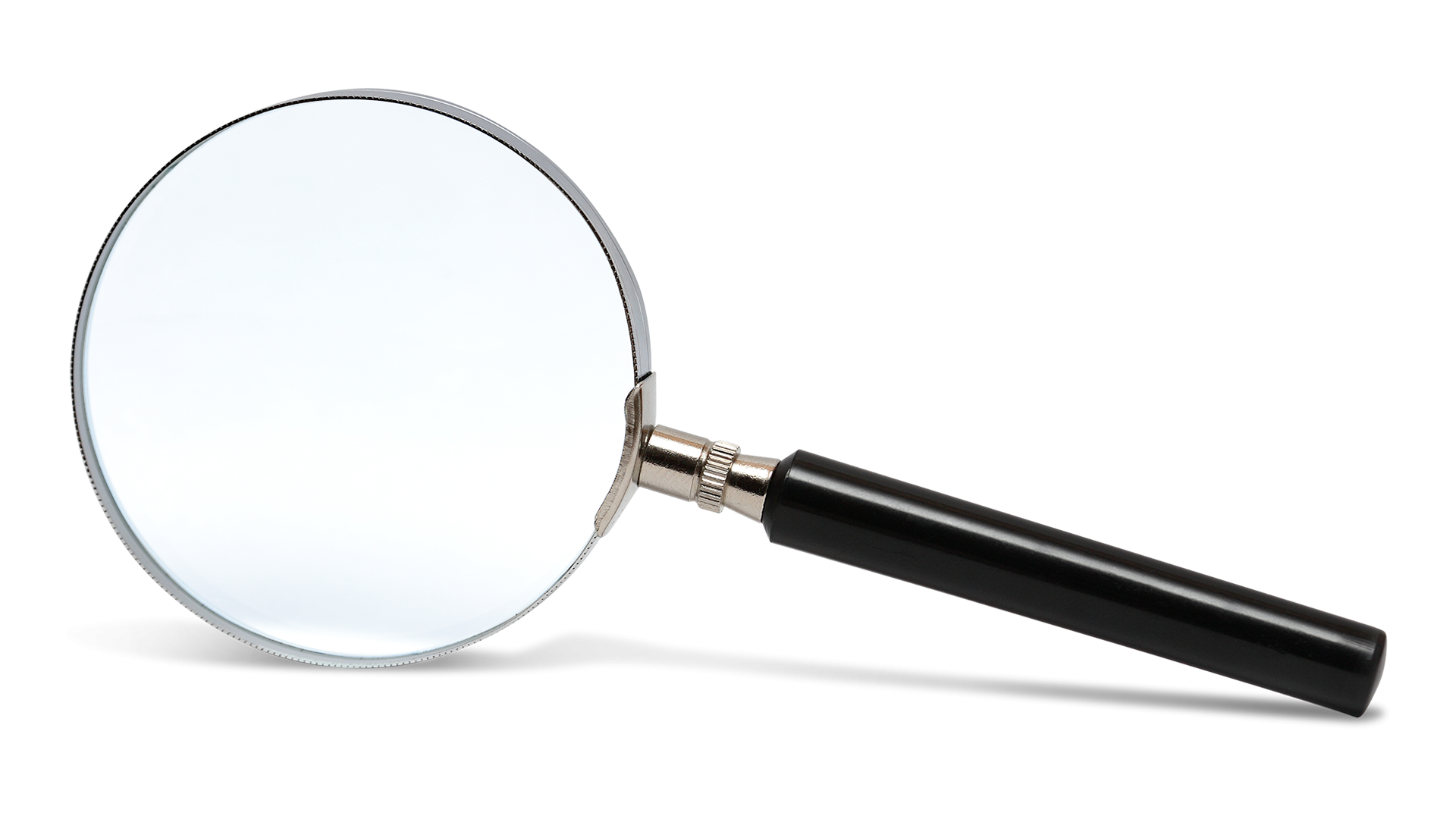Reducing Work-Related Risks
You can reduce the probability of accidents and health complaints significantly if you know the risks that employees run in your organisation. By tackling these risks, you reduce absence and ensure motivated employees who can work efficiently and safely. As an employer, you are even obliged by law to offer your people a healthy and safe working environment. In this article you can read what work-related risks there are and what you can do to address them.
Work-Related Risks
It goes without saying that your employees must be able to do their work safely and healthily, which calls for a good assessment of and approach to the work-related risks. The statutory risk assessment is an important tool for this. You can read more about this further on in this article.
Industries and work duties vary widely, so you can imagine that work-related risks also vary considerably. There is, however, a top 5 of work-related risks that occur most frequently. The key risks are: hazardous materials, noise, machine safety, workplace layout and work-related psychosocial stress. Other known risks are lighting and climate (control).
Employer advice on the coronavirus
ArboNed has drawn up an employer's advice (version June 26, 2020) and (in Dutch) an overview of frequently asked questions about the coronavirus. There's also a practical guide: working from home with advice from our experts on ergonomics, psychology and vitality.
1. Hazardous Materials
More than a million Dutch people have to deal with hazardous materials at work, wile many employers do not realise that they work with hazardous materials in their company. Hazardous materials are not only manufactured chemicals, but also substances produced by processes.
It is important to carefully identify for each workplace within the company which hazardous materials there may be, what their hazards are and whether employees can be exposed to them. The hazardous materials risk assessment reveals any exposure (nature, extent and duration) to hazardous materials. Based on the exposure assessment, the employer must take measures to prevent harmful effects. The occupational health specialist can help in this respect.

2. Harmful and Annoying Noise
Approximately 900,000 employees are exposed to harmful noise every day. Harmful noise is a level of noise above 80 dB (A). Hearing damage cannot be cured, but it can be prevented. Both the employer and the employee have a responsibility in this regard. Working safely is not just a question of silent machines, clear instructions and protective equipment. Safe behaviour is just as important. An example is wearing hearing protection consistently.
3. Machine Safety
Working with machines, equipment, tools and installations entails risks. Machines can be hazardous or can become hazardous due to aging or wear and tear. You prevent accidents by ensuring that your employees use the machines safely and that the machines comply with all safety and quality marks. The senior safety specialist can advise you on this.
4. Workplace Layout
Workplaces must meet the relevant health and safety requirements, in both the production and the office environment. Poorly furnished workplaces can lead to health complaints and accidents. A good work situation reduces absence and hence operating costs. It also makes a positive contribution to the productivity and satisfaction of your employees. An ergonomist can give advice on a wide range aspects of the workplace.
Physical Exertion
Lifting too heavy, carrying too much, working with vibrating tools or a poor working posture. This can cause 'musculoskeletal complaints'. Unfortunately, this still occurs too often, especially in the construction, care and logistics sectors where the physical strain on employees is high. Insufficient physical activity such as sitting too long is also unhealthy.
Make sure that your prevention worker or an external expert, such as an ergonomist, assesses the posture and workload of your employees and looks at their tools. This will allow you to prevent chronic complaints.
5. Work-Related Psychosocial Stress (WPS)
Work-related risks involve more than the workplace and machinery. Interaction with colleagues can also have considerable influence on how someone feels. Especially when there is bullying, aggression and violence, discrimination or sexual harassment involved. These forms of work-related psychosocial stress can have far-reaching consequences; this kind of stress can literally make people sick. Work pressure is also a form of work-related psychosocial stress. Work-related psychosocial stress is occupational disease #1 and accounts for a quarter of long-term psychological absence.
As an employer, you are obliged to prevent inappropriate behaviour, work pressure and work-related stress. The approach to undesirable situations, such as bullying or discrimination, is laid down in a statutory work-related psychosocial stress policy. You can design the policy yourself or draw it up in collaboration with an external company social worker.
Checklist for your WPS policy
Don't give absence due to undesirable behaviour or a high workload a chance. Use our checklist and immediately start with your own WPS policy.
Other risks:
Lighting
Bright light has a different impact on employees than dimmed light. And if there is insufficient lighting, employees can make more mistakes. To reduce risks, adjust the illuminance and light colour to the environment and work duties. Shadowing, reflections and contrast differences are to be avoided.
You can also use lighting in a positive way and find out which light in your work environment actually has a stimulating effect. The occupational health specialist can advise you on this.
Indoor Climate
A dry mouth, irritation of the eyes, headache, frequent colds: these are complaints that may be caused by the indoor climate or climate control. The thermal indoor climate in the workplace has an influence on the comfort and productivity of employees. In extreme cases, the thermal indoor climate can lead to irreversible health damage. You can improve the indoor thermal climate by taking technical and organisational measures. In this area, too, an occupational health specialist can offer a solution.
Heat Load and Working in the Cold
What you read about the indoor climate also applies to dealing with heat loads and working in the cold. The temperature balance in the body (the core temperature) is key. It is important to keep it around 37 degrees Celsius.
In extreme heat, the body has difficulty not letting its core temperature rise, which entails risks. If the temperature drops too much, bodily functions can be disrupted. If the core temperature falls below 35 degrees Celsius, this is called hypothermia. Hypothermia can cause cardiac arrest.
Heating and cooling of the body to dangerous levels can be prevented by using predictive standards that prescribe, for example, a maximum residence time and rest ratio. The occupational health specialist can advise you on climate (control).
Report a serious and/or fatal accident
As an employer you are obliged to report serious and fatal accidents at work to the Inspectorate SZW. Click here.
How to reduce work-related risks?
You cannot make an omelette without breaking eggs, but you can reduce work-related risks and hence absence within your organisation.
Risk Assessment
Every company with staff must make an inventory of whether and how the work can be dangerous or unhealthy for employees, so that measures can be taken where necessary. This can be done using a statutory risk assessment. Once you have identified and evaluated all the risks in your organisation, you draw up an Action Plan. This Action Plan is in fact a practical 'to do list' in which you state for each point of improvement who is tackling the point how and when.
Preventative Medical Examination (PME)
The statutory PME gives your employees insight into their health, lifestyle and health risks. You gain insight (at group level) into the mental and physical health of your people, enabling you to reduce their health risks. We offer two different PME checks: PME Vitality and PME Personal.
Safety Training
Companies that want to work together with their employees on a safe workplace, to prevent (industrial) accidents, are advised to follow safety training courses. By offering these training courses to your employees, you ensure that everyone works more safely, the number of accidents drops and absence decreases. Please contact our Sales team via 030 299 62 77.
Medical Examinations
Each job places both mental and physical demands on your employees. It is important to examine on a regular basis whether they are able to meet the (heavy) demands, so that they do not endanger themselves and others. Medical examinations are compulsory for certain occupations. Please contact our Medical Examinations office via 0251 26 15 50
Role of the Prevention Worker
The prevention worker is an employee appointed by the employer to assist the employer in the field of prevention and protection in the company. The statutory duties of a prevention worker are:
- (Assisting in) drawing up and carrying out the risk assessment.
- Advising and working closely with the works council/employee representation body on the measures to be taken for a good working conditions policy and (assisting in) implementing these measures.
- Advising and collaborating with the company doctor and other occupational health and safety service professionals.
Are you interested in following a training 'Prevention Worker'? Please contact our Academy via 030-2996363
Do you have questions or do you want to make an appointment?
We are happy to help you.
Call us
+31 30 299 6444
E-mail us
info@arboned.nl
Call back request
Schedule now
